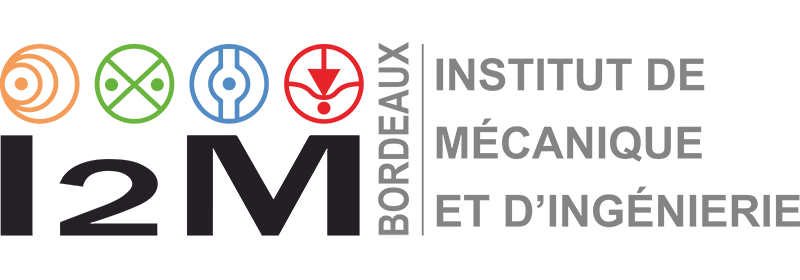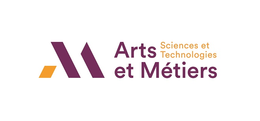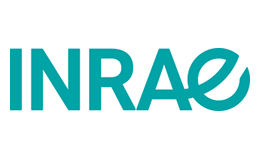11 Avril – Soutenance d'HDR de Stéphane CHEVALIER
14 h30 ENSAM, amphi La Rochefoucauld Liancourt
Sujet : Tomographie thermique pour les microsystèmes énergétiques (Thermal tomography for microscale energy conversion devices)
Cher(e)s collègues,
j'ai le plaisir de vous inviter à ma soutenance d'Habilitation à Diriger des Recherches (HDR) le jeudi 11 avril à 14h30 dans l'amphi LRL de l'ENSAM. Vous êtes également conviés au pot qui suivra :)
Cette thèse s'intitule :
Tomographie thermique pour les microsystèmes énergétiques (Thermal tomography for microscale energy conversion devices).
Un lien teams est disponible pour suivre la présentation à distance :
https://teams.microsoft.com/l/meetup-join/19%3ameeting_ZmM3ZmYzY2QtNTNmNC00ZmE5LWE1NjktMDcwY2Q0NTNiZjU5%40thread.v2/0?context=%7b%22Tid%22%3a%22e034b9b0-7768-4b96-91b2-d8f039816ac1%22%2c%22Oid%22%3a%2253154f07-74b7-444b-96df-1fd481a83f1e%22%7d
Veuillez trouvez ci dessous la composition du jury et un résumé (en anglais) des travaux qui seront défendus.
Reviewers :
Thierry Duvaut, Professor, Université de Reims
Annie Colin, Professor, ESPCI
Helcio Orlande, Professor, Federal University of Rio
Examinators :
Jean-Christophe Batsale, Professor, ENSAM
Ivan Iordanoff, Professor, ENSAM
Cathy Castelain, Research Director, CNRS
Farid Bakir, Professor, ENSAM
Guest :
Jean-Noël Tourvieille, PhD, SYENSQO
Abstract:
The main objective of this thesis is to provide energy conversion devices with three-dimensional (3D) heat and mass transfer characterization carried out at microscale, i.e. achieving a spatial resolution of 1 µm per voxel.
Microscale energy conversion devices embed both microfluidic electrochemical chips (fuel cells, electrolyzers, redox flow batteries), micro batteries or super capacitors among others. Regardless their growing use in our current energy mix, many fundamental questions remain open, hindering either their performances and lifetime. In particular, the knowledge of heat transfers is used to inform on many physical processes such as diffusion, kinetics, current density distributions, double capacity layers, contact resistances and so on.
To achieve this goal, new contactless methods based on thermospectroscopy imaging, thermotransmittance imaging and analytical modelling of heat and mass transfers in microfluidic energy conversion devices has been developed over the five last years. Important milestones were reached with successful mass transport loss measurements in microfluidic electrolyser membrane using infrared (IR) spectroscopy and bulk temperature measurements in dielectric materials at the microscale. All these imaging techniques have reached the needed maturity to move toward IR-based tomography at the microscale.
The approach proposed in this thesis to achieve 3D fields is based on laminographic technique to transform a set of images captured by an IR camera with different angle of projection to depth coordinates. This method requires the use of thermotransmittance in semi-transparent media and can only be achieved (i) by increasing our camera signal to noise by a factor one thousand and (ii) by designing specific energy conversion devices compatible with IR transmission. To meet these challenges a combination of advanced inverse methods using integral transforms, deconvolution algorithm of diffusion equations and superresolution imaging is proposed along with the development of a new instrumentation based on modulated high power density IR lasers. Energy characterization in some microfluidic energy conversion devices using this new thermal tomography is also proposed at the end of this thesis.






